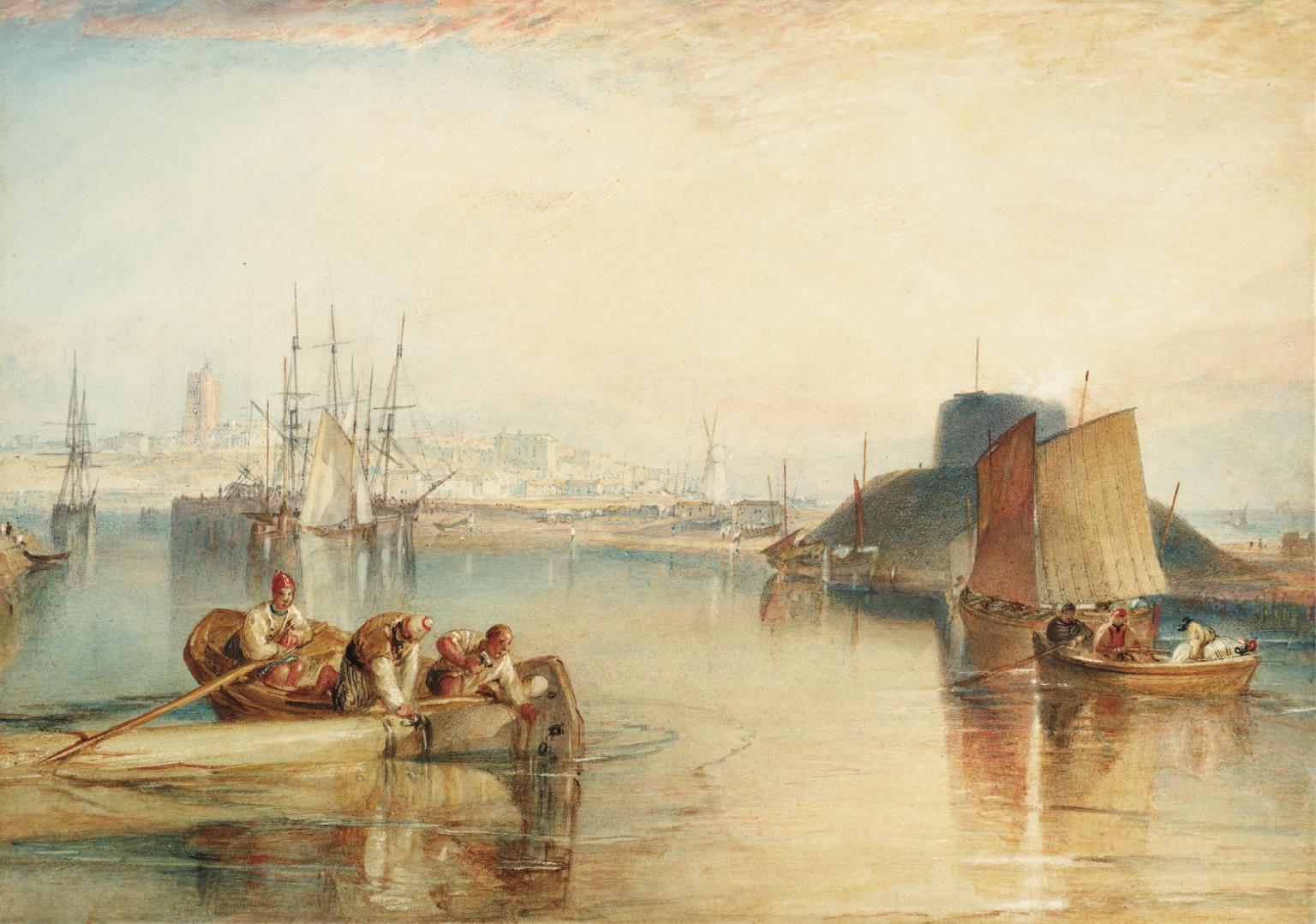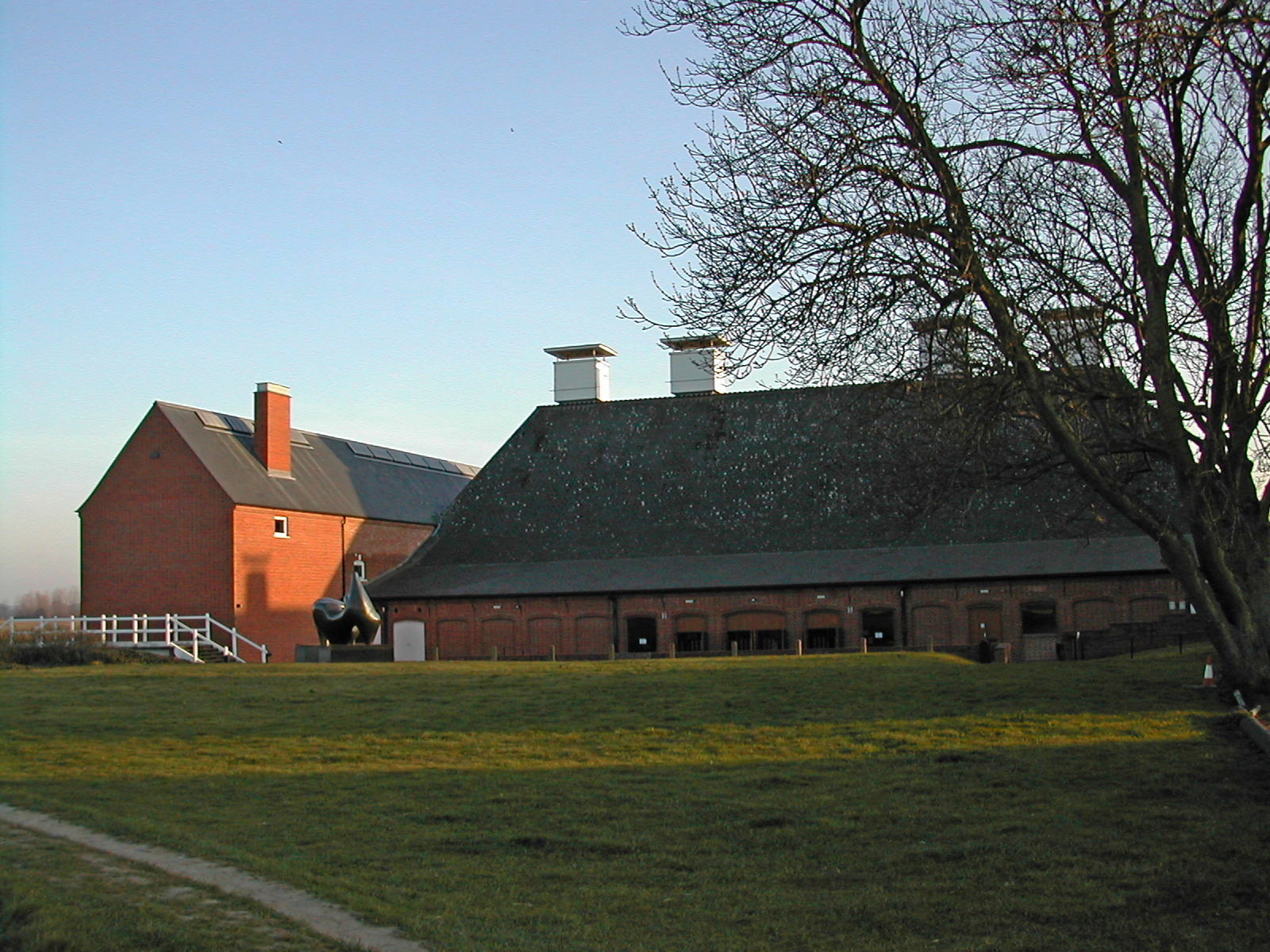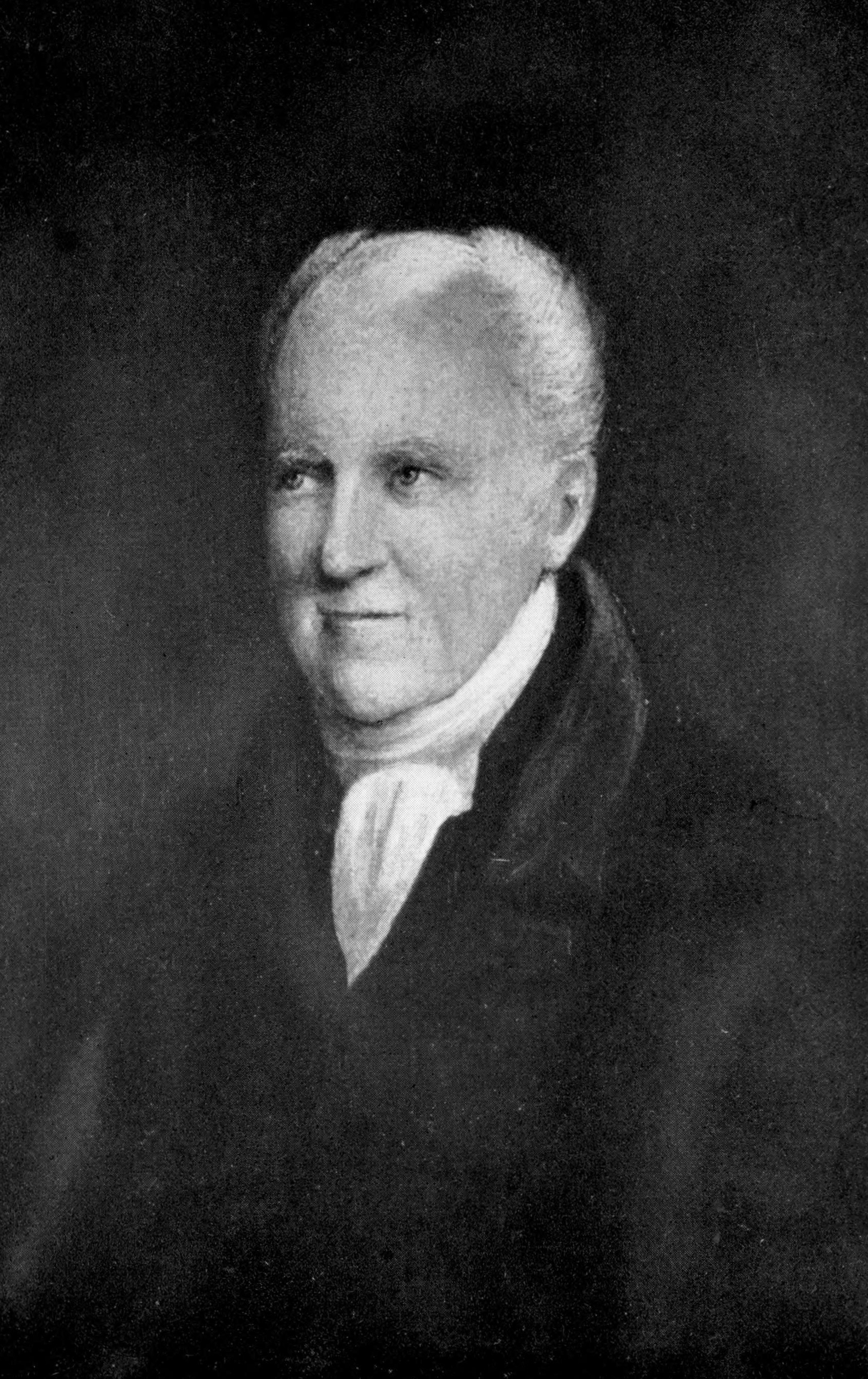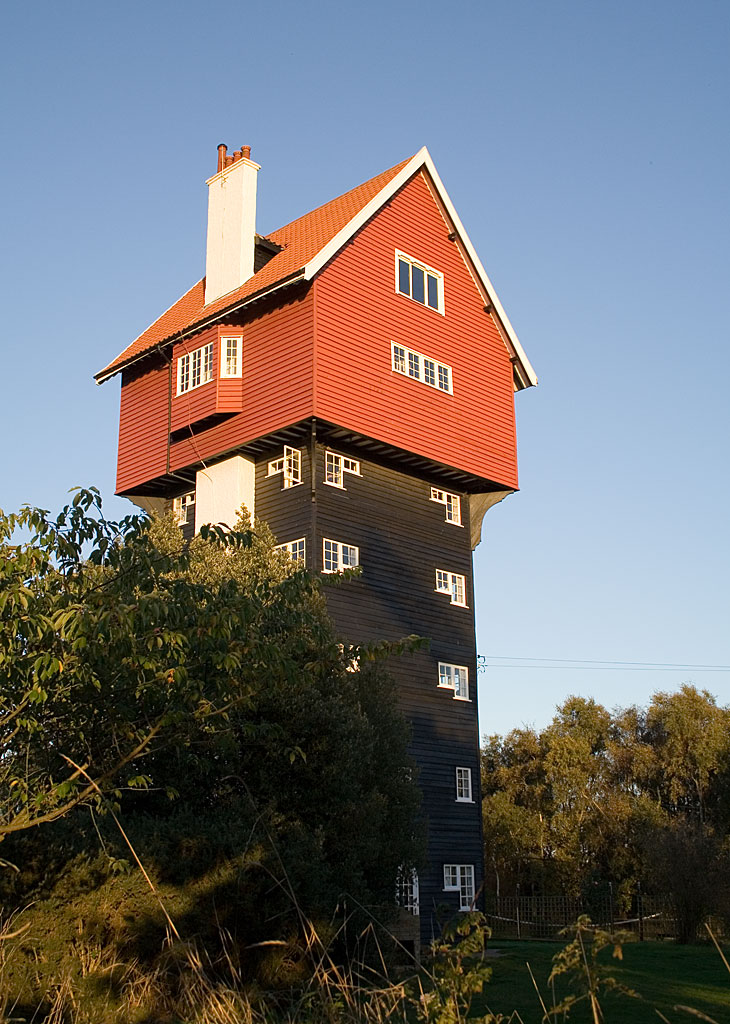|
Aldeburgh
Aldeburgh ( ) is a coastal town in the county of Suffolk, England. Located to the north of the River Alde. Its estimated population was 2,276 in 2019. It was home to the composer Benjamin Britten and remains the centre of the international Aldeburgh Festival of arts at nearby Snape Maltings, which was founded by Britten in 1948.Aldeburgh Town Council Retrieved 9 January 2016.Archives Hub Retrieved 7 March 2019. It also hosts an annual poetry festival and several food festivals and other events. Aldeburgh, as a port, gained borough status in 1529 under [...More Info...] [...Related Items...] OR: [Wikipedia] [Google] [Baidu] |
Benjamin Britten
Edward Benjamin Britten, Baron Britten (22 November 1913 – 4 December 1976, aged 63) was an English composer, conductor, and pianist. He was a central figure of 20th-century British music, with a range of works including opera, other vocal music, orchestral and chamber pieces. His best-known works include the opera '' Peter Grimes'' (1945), the '' War Requiem'' (1962) and the orchestral showpiece '' The Young Person's Guide to the Orchestra'' (1945). Born in Lowestoft, Suffolk, the son of a dentist, Britten showed talent from an early age. He studied at the Royal College of Music in London and privately with the composer Frank Bridge. Britten first came to public attention with the ''a cappella'' choral work '' A Boy was Born'' in 1934. With the premiere of ''Peter Grimes'' in 1945, he leapt to international fame. Over the next 28 years, he wrote 14 more operas, establishing himself as one of the leading 20th-century composers in the genre. In addition to large-sca ... [...More Info...] [...Related Items...] OR: [Wikipedia] [Google] [Baidu] |
Aldeburgh Festival
The Aldeburgh Festival of Music and the Arts is an English arts festival devoted mainly to classical music. It takes place each June in the Aldeburgh area of Suffolk, centred on Snape Maltings Concert Hall. History of the Aldeburgh Festival The Festival was founded in 1948 by the composer Benjamin Britten, the singer Peter Pears and the librettist/producer Eric Crozier.Aldeburgh Town Council Retrieved 7 March 2019.Archives Hub Retrieved 7 March 2019. Their work with the (which they h ... [...More Info...] [...Related Items...] OR: [Wikipedia] [Google] [Baidu] |
Moot Hall, Aldeburgh
The Moot Hall is a municipal building in Market Cross Place in Aldeburgh, Suffolk, England. The building, which is the meeting place of Aldeburgh Town Council, is a Grade I listed building. History The building The building was designed in the Tudor style, built using timber frame construction techniques with wattle and daub and brick nog infilling, and was completed around 1520. The design involved an asymmetrical main frontage facing west onto Market Cross Place. On the ground floor, the left-hand section featured six arched openings, the first four of which were later infilled with two-light casement windows and the last two of which were infilled by doorways. The right-hand section featured an external staircase, with a pentice roof, providing access to the first floor. On the first floor, which was jettied out over the pavement, the two bays to the left of the doorway and the bay to its right were fenestrated by three-light mullioned casement windows. Internally, the groun ... [...More Info...] [...Related Items...] OR: [Wikipedia] [Google] [Baidu] |
Snape Maltings
Snape Maltings is an arts complex on the banks of the River Alde at Snape, Suffolk, England. It is best known for its concert hall, which is one of the main sites of the annual Aldeburgh Festival. The original purpose of the Maltings was the malting of barley for the brewing of beer; local barley, once malted, was sent from here to London and exported to mainland Europe. Today a collection of shops, galleries, restaurants and the Concert Hall fill the old buildings. The Alde estuary is known for wildlife and river trips. History The complex of malting buildings was begun in 1846 and extended in the later 19th century. Newson Garrett, a Victorian entrepreneur, built the Maltings in the 1800s; his name appears on plaques around the site. The river made Garrett decide to build a Maltings at this already busy port. Newson was ambitious and determined and in 1841 purchased the business of Osborne and Fennell, corn and coal merchants of Snape Bridge. From this port the Maltings beg ... [...More Info...] [...Related Items...] OR: [Wikipedia] [Google] [Baidu] |
George Crabbe
George Crabbe ( ; 24 December 1754 – 3 February 1832) was an English poet, surgeon and clergyman. He is best known for his early use of the realistic narrative form and his descriptions of middle and working-class life and people. In the 1770s, Crabbe began his career as a doctor's apprentice, later becoming a surgeon. In 1780, he travelled to London to make a living as a poet. After encountering serious financial difficulty and being unable to have his work published, he wrote to the statesman and author Edmund Burke for assistance. Burke was impressed enough by Crabbe's poems to promise to help him in any way he could. The two became close friends and Burke helped Crabbe greatly both in his literary career and in building a role within the church. Burke introduced Crabbe to the literary and artistic society of London, including Sir Joshua Reynolds and Samuel Johnson, who read '' The Village'' before its publication and made some minor changes. Burke secured Crabbe the imp ... [...More Info...] [...Related Items...] OR: [Wikipedia] [Google] [Baidu] |
River Alde
The River Alde and River Ore form a river system in Suffolk, England passing by Snape and Aldeburgh. The River Alde and River Ore meet northwest of Blaxhall. From there downriver the combined river is known as the River Alde past Snape and Aldeburgh, and then again as the River Ore as it approaches Orford and flows by a shingle spit before emptying into the North Sea. Both rivers are named by back-formation from key towns on their route: the Alde is named from Aldeburgh, and the Ore is named from Orford. The first section of the River Ore flows around from its sources west of Dennington south and east through Framlingham, Parham and Marlesford, meeting the River Alde to the northwest of Blaxhall.Ordnance Survey of Great Britain The source of the River Alde is Brundish near Laxfield in the same area as the River Blyth. Soon after combining with the River Ore, it reaches Snape where it becomes tidal and widens considerably. It meanders east past Aldeburgh, before bei ... [...More Info...] [...Related Items...] OR: [Wikipedia] [Google] [Baidu] |
Suffolk
Suffolk () is a ceremonial county of England in East Anglia. It borders Norfolk to the north, Cambridgeshire to the west and Essex to the south; the North Sea lies to the east. The county town is Ipswich; other important towns include Lowestoft, Bury St Edmunds, Newmarket, and Felixstowe which has one of the largest container ports in Europe. The county is low-lying but can be quite hilly, especially towards the west. It is also known for its extensive farming and has largely arable land with the wetlands of the Broads in the north. The Suffolk Coast & Heaths and Dedham Vale are both nationally designated Areas of Outstanding Natural Beauty. History Administration The Anglo-Saxon settlement of Suffolk, and East Anglia generally, occurred on a large scale, possibly following a period of depopulation by the previous inhabitants, the Romanised descendants of the Iceni. By the fifth century, they had established control of the region. The Anglo-Saxon inhabitan ... [...More Info...] [...Related Items...] OR: [Wikipedia] [Google] [Baidu] |
Thorpeness
Thorpeness is a seaside village in the East Suffolk district of Suffolk, England, which developed in the early 20th century into an exclusive holiday village. It belongs to the parish of Aldringham cum Thorpe and lies within the Suffolk Coast and Heaths AONB. Development ''For the earlier history of Thorpe, see Aldringham-cum-Thorpe.'' The village was a small fishing hamlet originating in the late 19th century, with folk tales of it being a route for smugglers into East Anglia. However in 1910, Glencairn Stuart Ogilvie, a Scottish barrister whose father had made a fortune building railways around the world, increased the family's local estates to cover the entire area from north of Aldeburgh to past Sizewell, up the coast and inland to Aldringham and Leiston. Most of this land was used for farming, but Ogilvie developed Thorpeness into an elite private fantasy holiday village, to which he invited his friends' and colleagues' families during the summer months. An exclusive ... [...More Info...] [...Related Items...] OR: [Wikipedia] [Google] [Baidu] |
Leiston
Leiston ( ) is an English town in the East Suffolk non-metropolitan district of Suffolk, near Saxmundham and Aldeburgh, about from the North Sea coast, north-east of Ipswich and north-east of London. The town had a population of 5,508 at the 2011 Census. History The 14th-century remains of Leiston Abbey lie north-west of the town.Leiston Abbey English Heritage. Retrieved 30 March 2011. Leiston thrived in the late 19th and early 20th centuries as a manufacturing town, dominated by , owners of Leiston Works, which boasted the world's first flow assembly line, for the manufacture of [...More Info...] [...Related Items...] OR: [Wikipedia] [Google] [Baidu] |
Suffolk Coastal (UK Parliament Constituency)
Suffolk Coastal (sometimes known as Coastal Suffolk) is a parliamentary constituency in the county of Suffolk, England which has been represented in the House of Commons of the UK Parliament since 2010 by Thérèse Coffey, a Conservative Member of Parliament. She is formerly the Deputy Prime Minister of the United Kingdom and the Health Secretary. The constituency is in the far East of England, and borders the North Sea. History This East Anglian constituency was created for the 1983 general election from eastern parts of the abolished county constituencies of Eye, and Sudbury and Woodbridge, including the towns of Felixstowe and Woodbridge. Its initial boundaries were coterminous with the recently created District of Suffolk Coastal. The current constituency area includes three former borough constituencies which sent their own MPs to Parliament until abolished as 'rotten boroughs' by the Great Reform Act, 1832 – Aldeburgh, Dunwich and Orford. The seat w ... [...More Info...] [...Related Items...] OR: [Wikipedia] [Google] [Baidu] |
Martello Tower
Martello towers, sometimes known simply as Martellos, are small defensive forts that were built across the British Empire during the 19th century, from the time of the French Revolutionary Wars onwards. Most were coastal forts. They stand up to high (with two floors) and typically had a garrison of one officer and 15–25 men. Their round structure and thick walls of solid masonry made them resistant to cannon fire, while their height made them an ideal platform for a single heavy artillery piece, mounted on the flat roof and able to traverse, and hence fire, over a complete 360° circle. A few towers had moats or other batteries and works attached for extra defence. The Martello towers were used during the first half of the 19th century, but became obsolete with the introduction of powerful rifled artillery. Many have survived to the present day, often preserved as historic monuments. Origins Martello towers were inspired by a round fortress, part of a larger Genoese ... [...More Info...] [...Related Items...] OR: [Wikipedia] [Google] [Baidu] |
Martello Tower
Martello towers, sometimes known simply as Martellos, are small defensive forts that were built across the British Empire during the 19th century, from the time of the French Revolutionary Wars onwards. Most were coastal forts. They stand up to high (with two floors) and typically had a garrison of one officer and 15–25 men. Their round structure and thick walls of solid masonry made them resistant to cannon fire, while their height made them an ideal platform for a single heavy artillery piece, mounted on the flat roof and able to traverse, and hence fire, over a complete 360° circle. A few towers had moats or other batteries and works attached for extra defence. The Martello towers were used during the first half of the 19th century, but became obsolete with the introduction of powerful rifled artillery. Many have survived to the present day, often preserved as historic monuments. Origins Martello towers were inspired by a round fortress, part of a larger Genoese ... [...More Info...] [...Related Items...] OR: [Wikipedia] [Google] [Baidu] |







